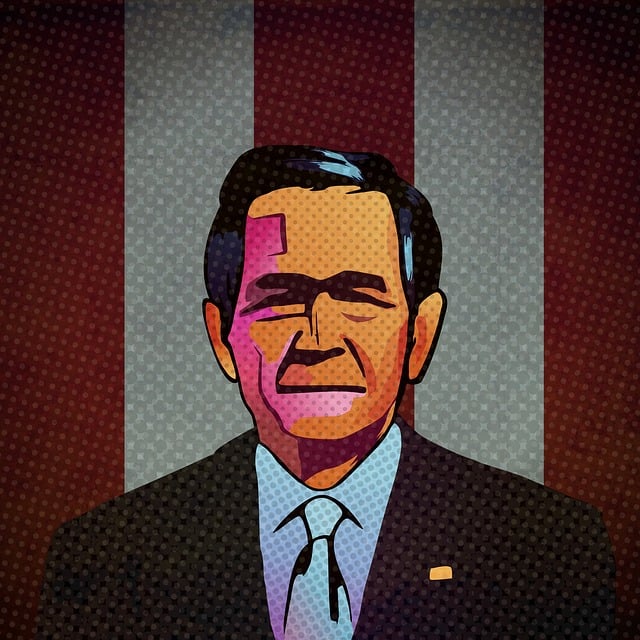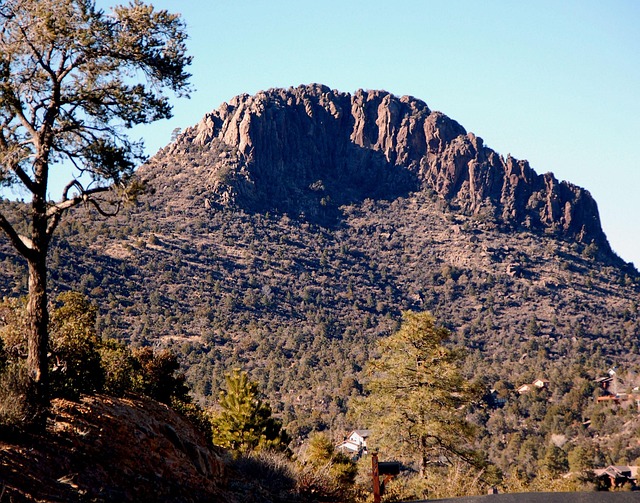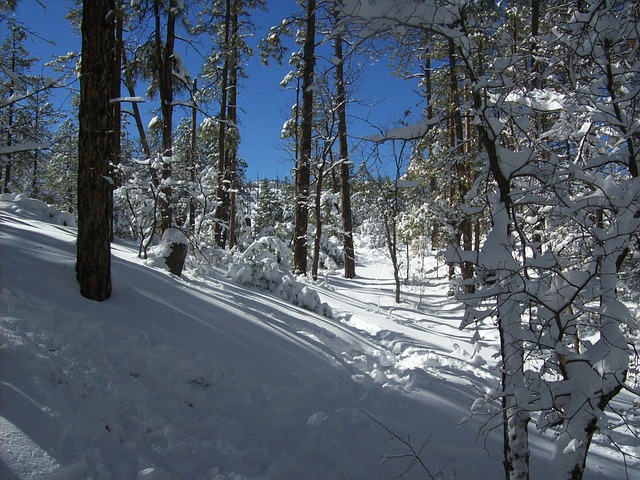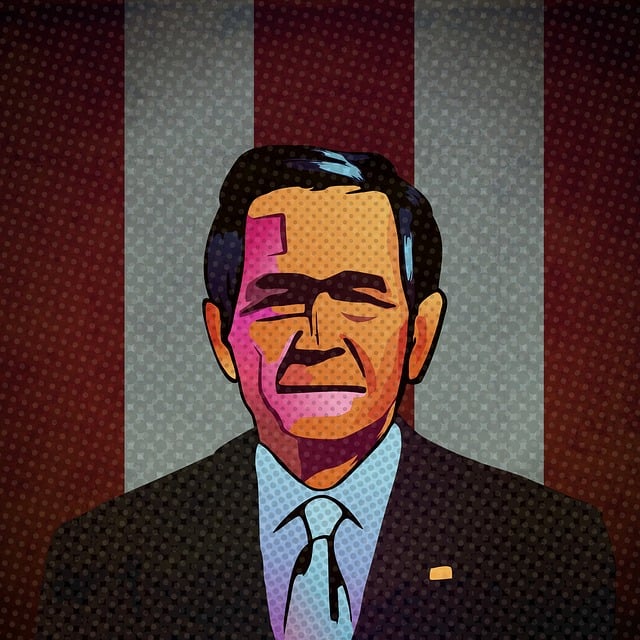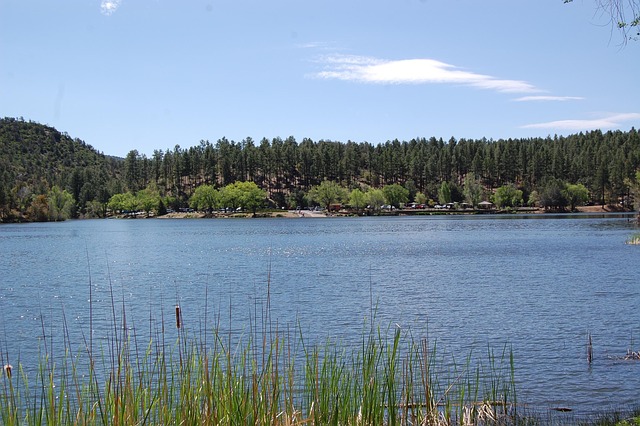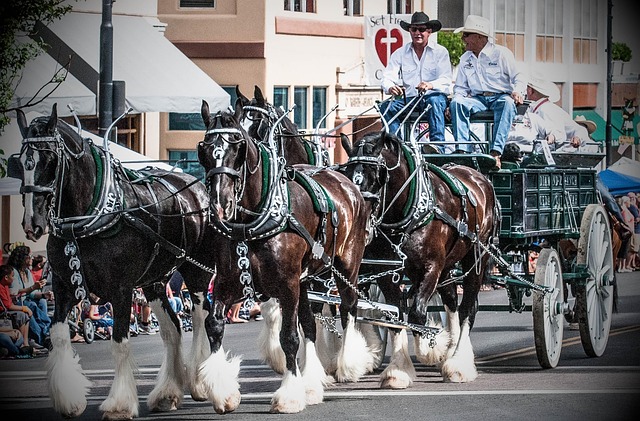The World's Oldest Rodeo, born in Wyoming's rugged landscapes in 1892, evolved from cattle-herding needs and land ownership practices. It grew from informal competitions to a global attraction showcasing authentic Western culture and traditions. This iconic event binds communities together, preserving rare practices and attracting visitors worldwide, all while highlighting the region's vibrant real estate and rich history.
“Discover the captivating history behind the World’s Oldest Rodeo, an iconic event steeped in tradition. This article takes you on a journey to the heart of Wyoming, exploring how a small town became the annual gathering place for this legendary spectacle. Delve into the cultural significance and modern relevance, where past and present collide, and witness how real estate has played a vital role in preserving this unique heritage for future generations.”
Unveiling the History: A Journey to the Past of the World's Oldest Rodeo
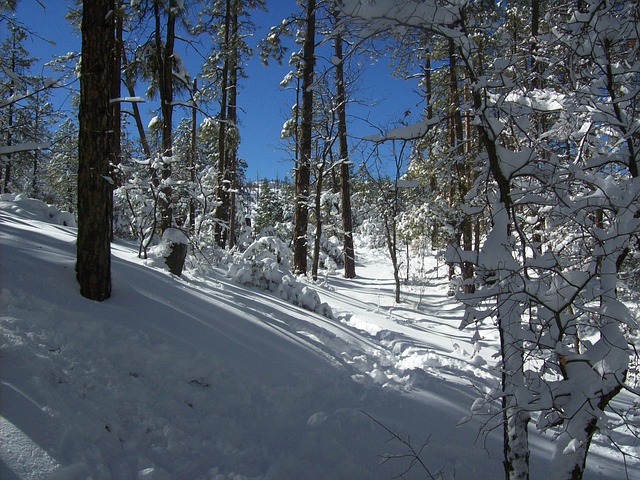
The history of the world’s oldest rodeo is a captivating tale that takes us back to the rugged landscapes and vibrant communities of the American West. Unveiling its origins requires a journey through time, where we encounter the pioneering spirits who shaped this enduring tradition. The roots can be traced to the late 19th century when various cattle-herding practices and competitions evolved into something more organized, laying the foundation for what we know as rodeos today.
This evolution was heavily influenced by the vast expanses of real estate in the West, where ranchers needed efficient means to showcase their skills in horse riding, roping, and herding. The rodeo became a communal celebration, showcasing not just physical prowess but also the strong bond between humans and the land. As these early competitions gained popularity, they evolved into organized events, attracting participants from diverse backgrounds, and solidifying the rodeo’s place as an iconic symbol of Western culture.
The Location: How a Small Town in Wyoming Became the Host of This Iconic Event
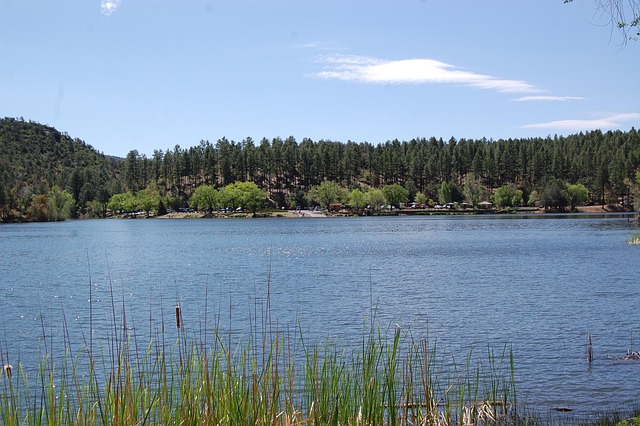
In the heart of Wyoming, nestled between majestic mountains and expansive plains, lies a small town that has become a global icon for a unique event—the World’s Oldest Rodeo. This annual celebration didn’t emerge from the bustling metropolis but rather from the tranquil, yet robust, real estate of a tight-knit community. The story begins in 1892 when a group of local ranchers and cowboys decided to organize a competition to showcase their exceptional skills in the art of rodeo. What started as a modest gathering on a piece of land donated by a local farmer has since grown into an international attraction, drawing visitors from all corners of the world.
The town’s charm lies not only in its rich history but also in its ability to preserve this iconic event despite its global appeal. The real estate that hosts the rodeo is more than just a venue; it’s a stage where traditions are celebrated and stories are forged under the vast Wyoming sky. This small town, with its humble beginnings, has successfully transformed itself into a destination for those seeking an authentic taste of America’s cowboy culture.
Cultural Impact and Modern Significance: Celebrating Tradition in Today's Society
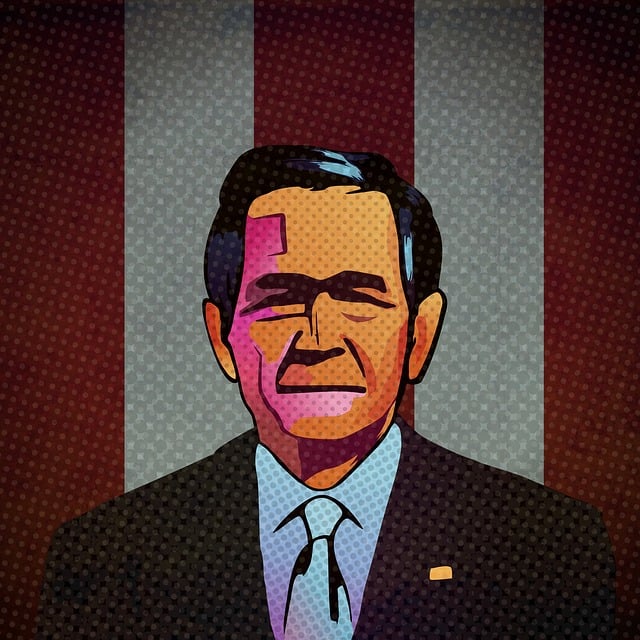
The World’s Oldest Rodeo, deeply rooted in cultural heritage, has left an indelible mark on society, transcending time and geography. It stands as a testament to the resilience and creativity of communities who have carried forward traditions for generations. Today, this historic event not only attracts visitors from around the globe but also serves as a vibrant symbol of cultural identity, connecting folks to their roots.
The rodeo’s modern significance lies in its ability to preserve rare practices and foster a sense of community among participants and spectators alike. In the realm of real estate, the event attracts tourists, contributing significantly to local economies and promoting unique destinations. Moreover, it inspires younger generations to appreciate and continue age-old traditions, ensuring their survival in today’s fast-paced world.
